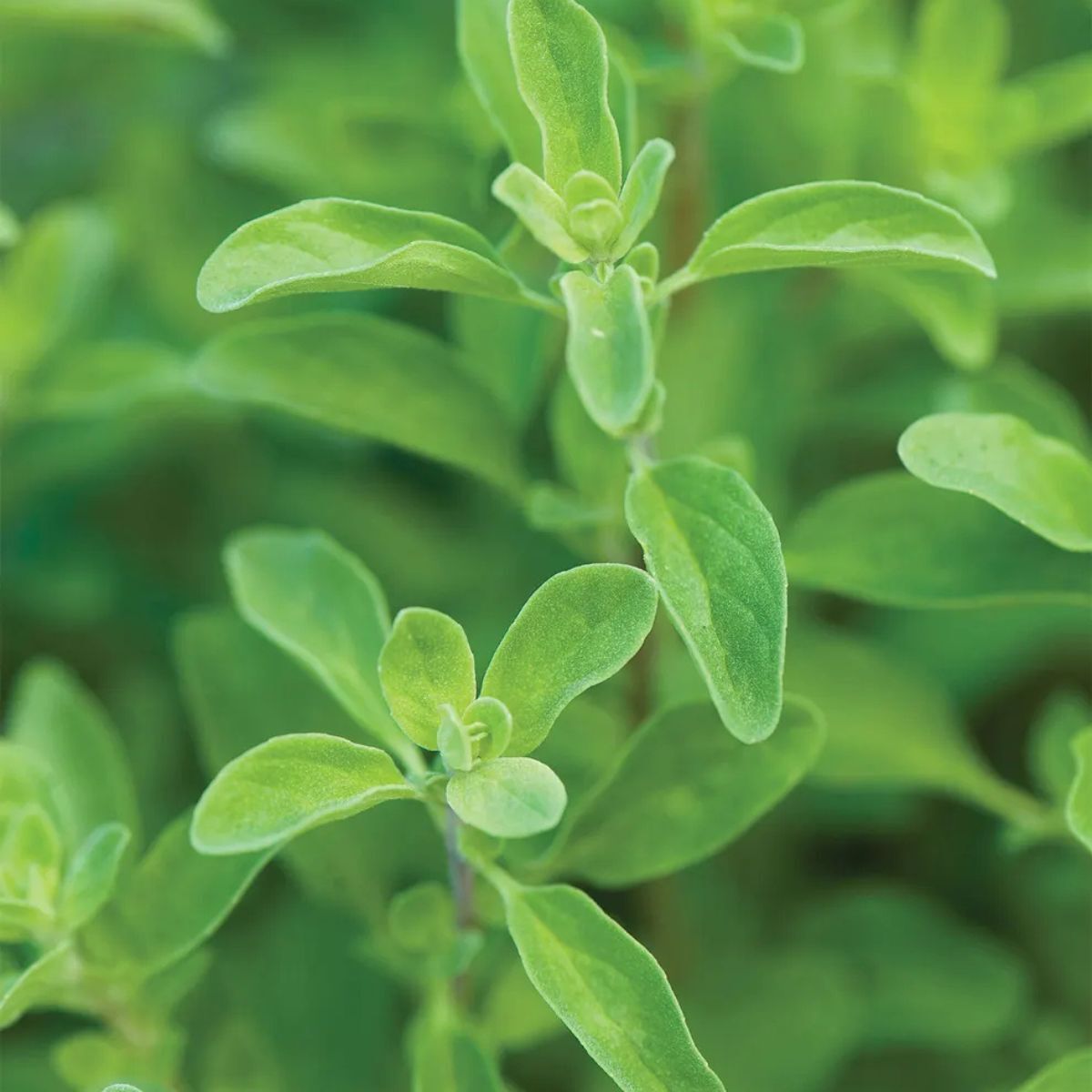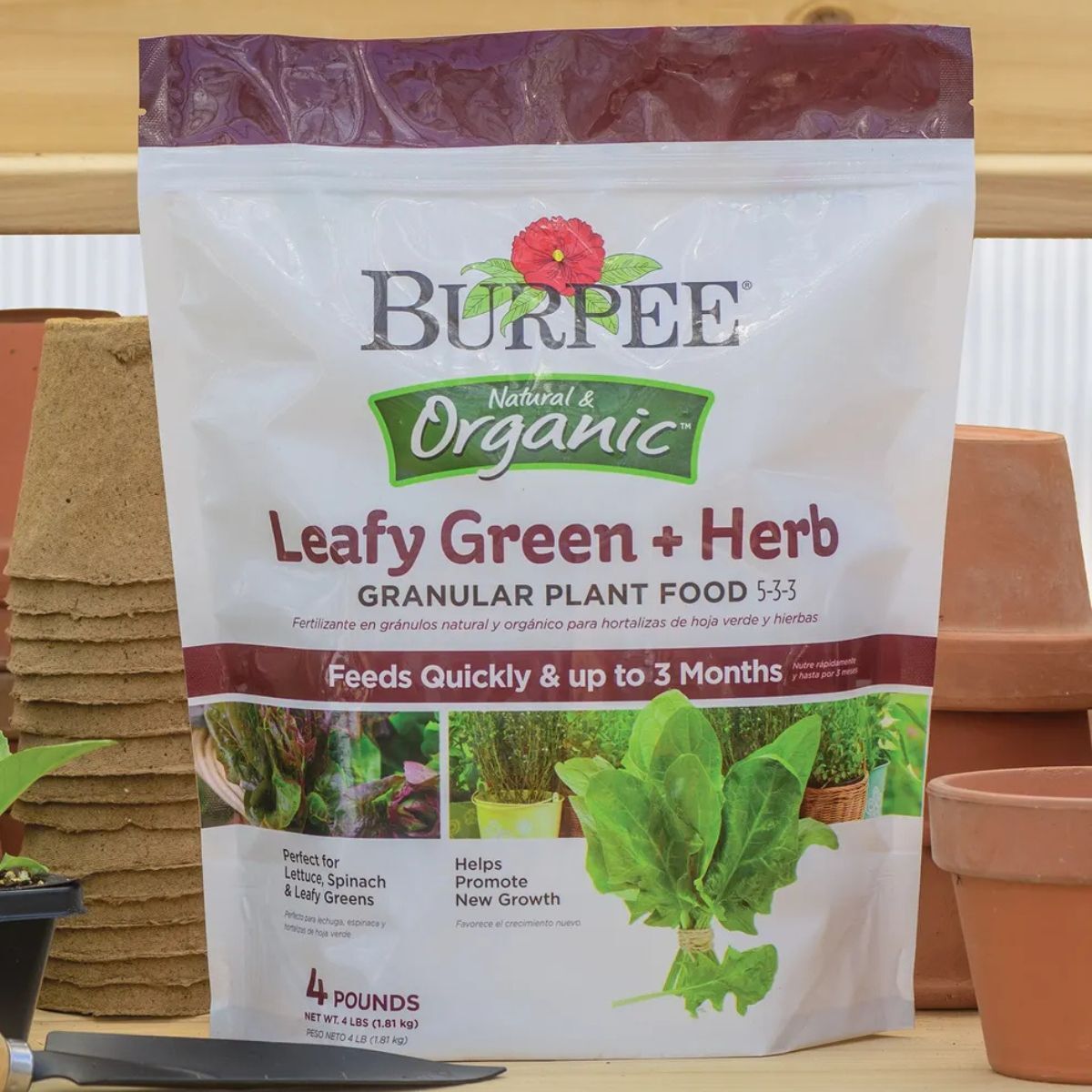How to grow marjoram – for aromatic leaves and beautiful edible flowers
Everything you need to know about growing healthy, and beautiful marjoram

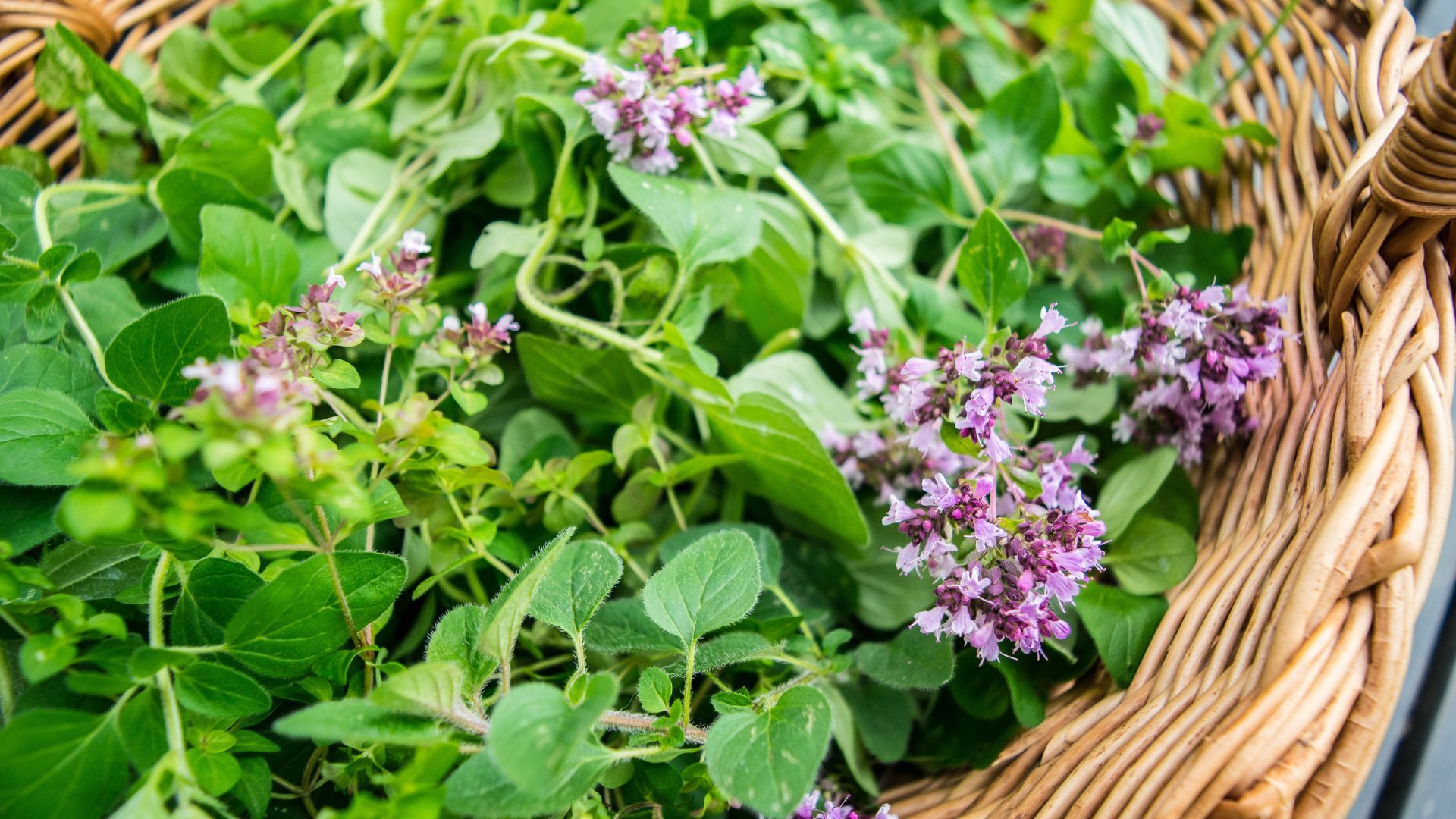
Marjoram is a total delight to grow in the garden. Knowing how to grow marjoram, if you haven't already, should be high on your summer gardening agenda.
Marjoram has deeply aromatic, grey-green leaves and beautiful, dainty, edible flowers. It's a stalwart aromatic herb used in Mediterranean cooking, and if you're looking for herb garden ideas, this deliciously scented herb comes highly recommended by those with a culinary pedigree. Gardeners love it too - it's impossibly long-flowering and since it is a perennial herb, it will crop year after year.
It's choc full of nectar, so always a flutter with bees and butterflies, and can be planted in any type of garden; city gardens, wildlife gardens, and even works marvellously as an indoor herb garden idea. Here is your guide on how to grow marjoram, one of the best plants for pollinators and culinarians, for that matter.
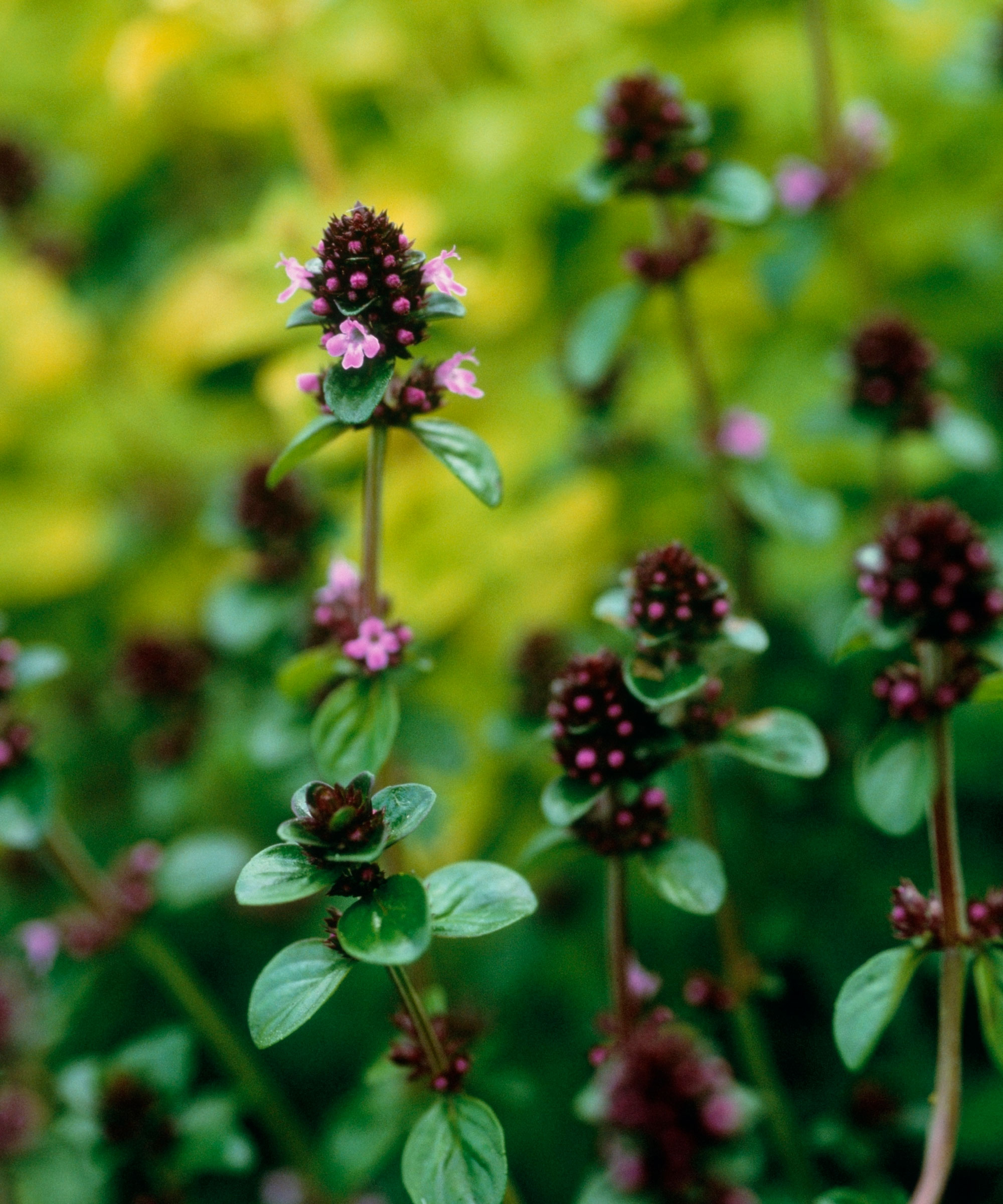
How to grow marjoram: an expert guide
There are three types of marjoram: sweet marjoram, pot marjoram, and wild marjoram. All are very straightforward to grow, but the most common and best marjoram variety for culinary creations is sweet marjoram.
If you're wondering how to grow marjoram in your garden, my recommendation is to buy it as a plant and grow it directly in the ground, whilst it can be sown from seed (more on that below) generally speaking, it is wonderfully simple to grow an inexpensive young plant directly in the garden.
In zones 9 and above, marjoram is a perennial and can be left in the ground. In chillier areas, marjoram is an annual and should be potted up at the end of the season and overwintered in a sunny window indoors.
You can put your marjoram plant back out in the garden in spring, but make sure the last frost as passed before you do.
Design expertise in your inbox – from inspiring decorating ideas and beautiful celebrity homes to practical gardening advice and shopping round-ups.
How to grow marjoram from seed
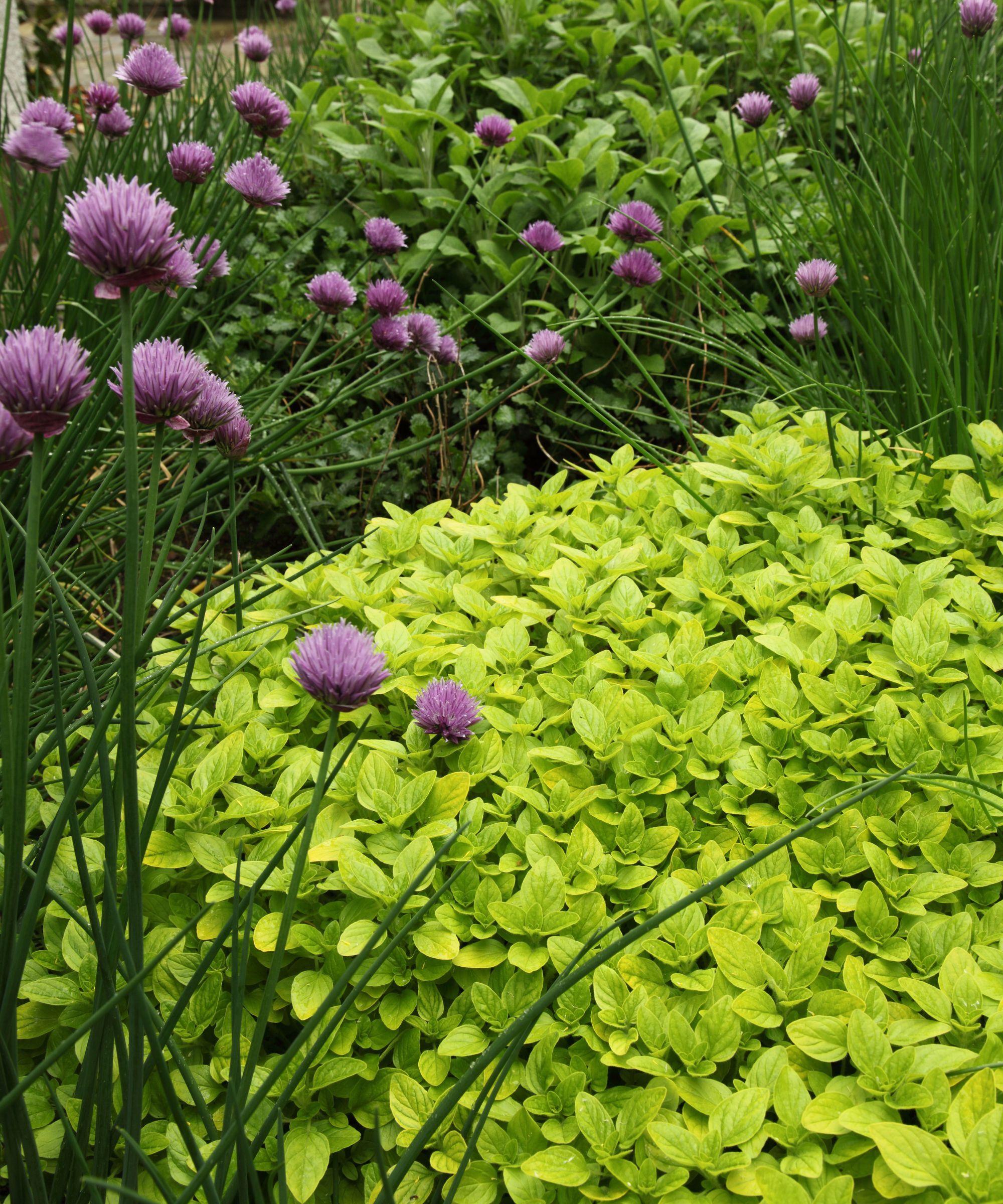
'You can grow marjoram from seed, but the seeds are tiny and can take a while to germinate,' explains says gardening and preserving coach Robin Phelps.
'For new gardeners, I usually recommend buying a small plant from the nursery to get a head start. It’s less of a hassle, and you can start harvesting sooner. But if you’re patient, growing from seed is doable indoors or outdoors.'
If you would prefer to grow marjoram from seed, you can buy seeds, like these marjoram seeds from Amazon, and sow the seeds around eight weeks before the last frost, in early spring. Broadcast your seeds into the soil of your chosen pot, or use a seed tray, like this germination tray available at Amazon, which would offer the best results. Water thoroughly and place them in a sunny spot, and watch them sprout in a week or two.
Before planting your new young plants in the garden, plants need to be accustomed to outdoor conditions first, so move them to a sheltered place outside for a week before planting in the ground.

Robin Phelps is a Gardening and Preserving Coach, with a passion for nurturing green spaces and preserving the bounties of nature. With over 20 years of experience in gardening, Robin began her journey in a small apartment with a balcony and has since expanded to growing on 3 acres. She has evolved into an expert gardener and is eager to guide others on their gardening journey.
How to grow marjoram from cuttings and division
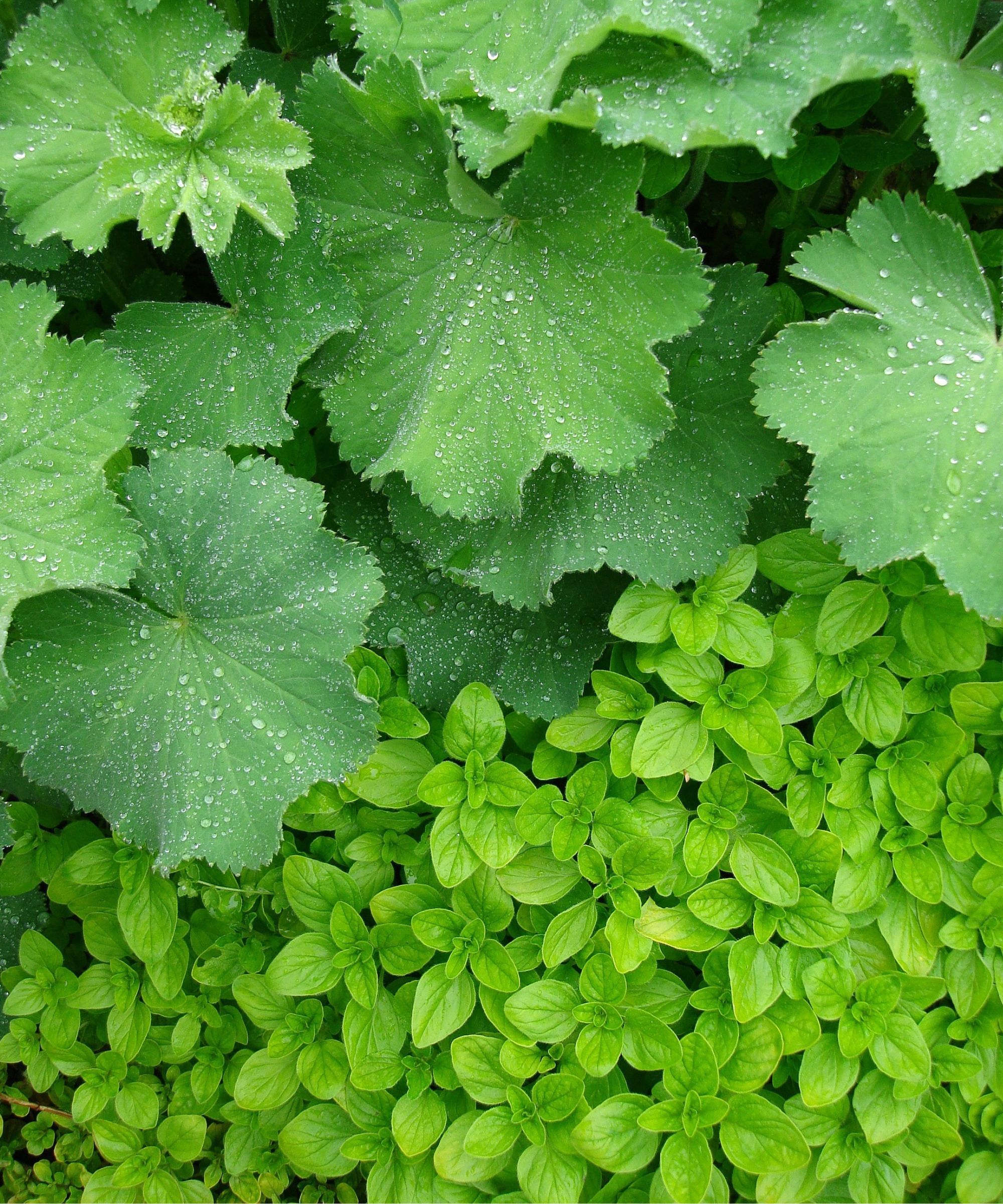
Growing marjoram from cuttings of an existing marjoram plant is refreshingly straightforward and faff free.
'Marjoram is very easy to propagate,' explains Robin. 'You can take softwood cuttings in spring or summer. Just snip a 3–4-inch stem, remove the lower leaves, and root it in water or a moist potting mix. I’ve also had success with simple division if the plant is large enough.'
How to grow marjoram indoors

Marjoram likes heat and light, and lots of it, as befits its origins in the sunny Mediterranean. As such, it is well adapted for indoor container gardening, particularly loving sunny windowsills and window boxes with southern exposure.
If your windowsills are a little too gloomy for marjoram to thrive, perhaps your kitchen windowsill is north-facing, then marjoram will not be forgiving. In which case, it is worth getting an LED light, like this grow light available at Amazon.
Because marjoram is a sun worshiper, and is used to dryer conditions, you want to be sure you get a potting mix with good drainage (they hate to be soggy!) A great recipe would be equal parts soil and perlite for increased drainage, like this perlite available at Amazon.
'Marjoram does well indoors in a sunny window, just don’t overwater,' warns Robin. 'Let the top inch of soil dry out before watering again. Planting Marjoram in a clay pot can help prevent soggy roots.'
How to grow marjoram in the garden

Select a sunny location with good drainage and dig a hole that is big enough for the entire root ball. Marjoram tends to trail, so give your plant plenty of space to spread out.
Once you have planted your marjoram, thoroughly water and apply a light mulch layer on top of the soil. You will not need to thoroughly water your marjoram again, watering lightly and infrequently is best.
' Marjoram is a beautiful plant to have in the garden: soft green foliage, small white or purple flowers, and it attracts pollinators. I love that it’s low-maintenance but delivers so much flavor and charm.' says Robin.
'My top tip is to give marjoram plenty of sun, which brings out its best flavor. Also, good drainage is critical. If your soil is heavy clay, grow it in a raised bed or pot. And don’t be afraid to harvest often. Like many herbs, marjoram thrives with regular cutting; it keeps the plant productive and encourages lots of tender new growth.'
How to harvest marjoram
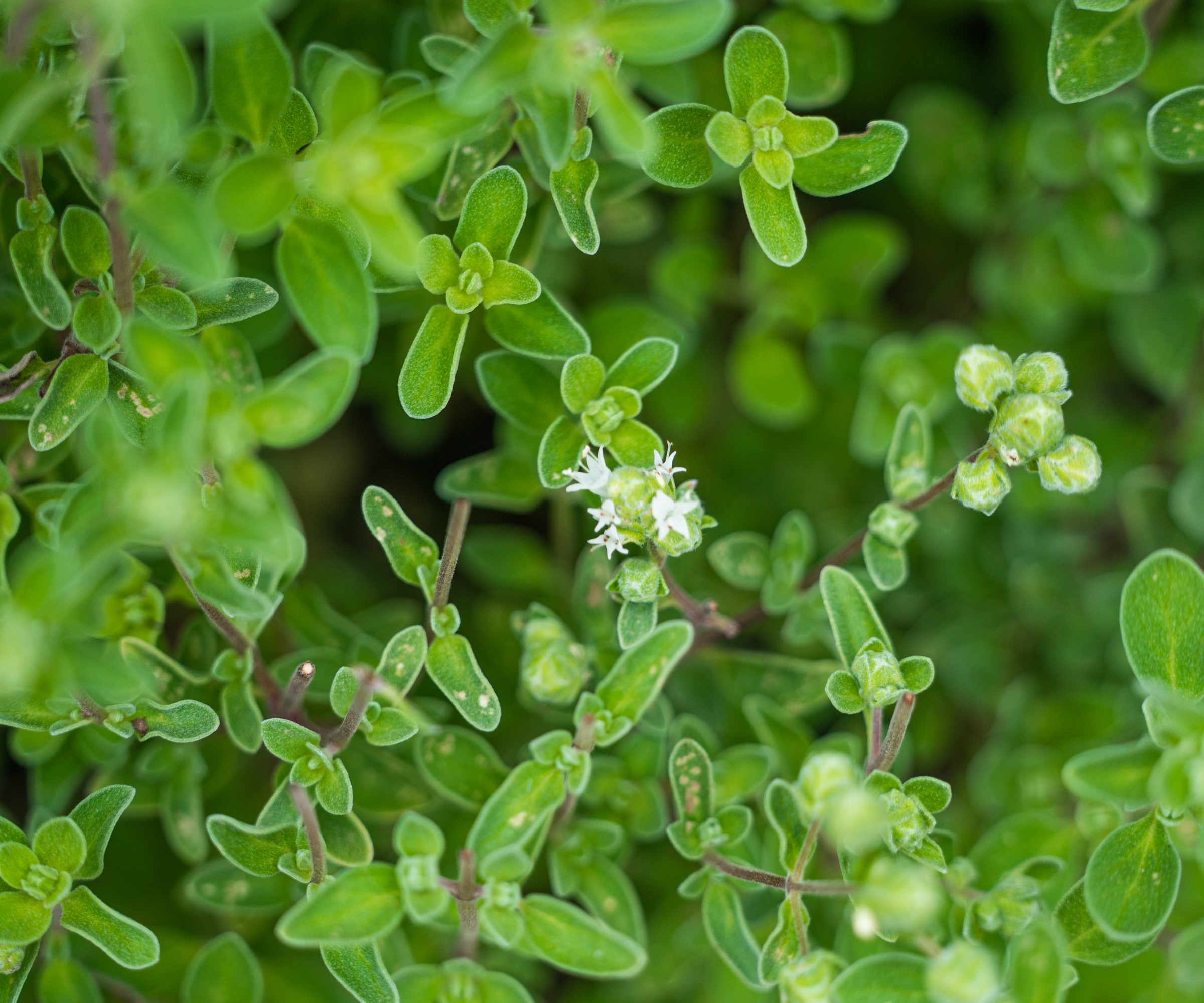
Once your plants are around six inches tall, begin pinching the tips off to encourage dense, bushy growth. Once it starts its bushy growth, you should be able to harvest as and when you want.
'I like to harvest marjoram by snipping the top few inches of growth, just above a pair of leaves. This encourages the plant to branch out and become bushier. It’s a good idea to prune regularly. Not only does it keep the plant tidy, but it also prevents it from getting woody. If it starts to flower, pinch the buds to keep the leaves tender and flavorful.' explains Robin.
In the height of summer, your plant will produce delicate and oh-so pretty flower buds. It is best to harvest as much growth as possible when you see buds forming because the flavor is at its best at this point. When you harvest large amounts, you don't take any more than two-thirds of the plant off.
You may find that in the height of summer, you are harvesting an awful lot of marjoram. Remember, you can dry your herbs to preserve them for future use, or freeze them for use in the winter when your marjoram is a little lacklustre.
It is worth bearing in mind that marjoram is toxic to pets, so it's best kept out of reach of your furry friends.
FAQs
What is the difference between marjoram and oregano?
Marjoram and oregano are, in many ways, very similar herbs. However, although they are closely related, they are not the same species.
Oregano (Origanum vulgare) is a hardy perennial herb and can live outside all year long. Marjoram will not withstand any frost and, therefore, is often grown as an annual. It is best cut down to one inch from the ground, potted up, and brought indoors in winter.
Marjoram is a milder and sweeter alternative to spicier oregano. You can think of marjoram as the slightly sweeter cousin of oregano. Although the differences are subtle, their flowers are very different, and their aroma is decidedly unalike.
Does marjoram have issues with pests and diseases?
Happily, marjoram tends to have very few issues with any diseases or pests.
You may find your marjoram plant attracts some aphids, but these can be easily removed by hand. If this doesn't seem to be improving things, introduce or attract natural predators into your herb garden, such as ladybugs. There are several places you can buy ladybugs, or simply locate them in your yard and rehome them next to your marjoram.
The issue of root rot arises fairly often with marjoram, mostly caused by overwatering and poor drainage. Marjoram despises being moist for prolonged periods, so this is usually where gardeners run into trouble. You can inspect the marjoram's roots, and if you can see root rot, remove these affected roots with clean scissors. Repot, or replace in a spot with better-draining soil, and it should bounce back.
Shop marjoram essentials
It's worth giving marjoram a go in your garden; it's also one of the best herbs for a window box, as it will be a haven for pollinators and is naturally compact, so it will have no complaints living in a small space.

Sophia Pouget de St Victor is the UK Content Editor at Homes & Gardens, bringing readers the latest trends, expert insights, and timeless design inspiration tailored to a UK audience. With a background in luxury interiors and a qualification in Garden Design from London, she has a passion for creating spaces with character and emotional depth. Sophia gravitates toward interiors that defy definition, valuing individuality and effortless elegance. She lives in West London with her partner, two mischievous terriers, and a plump cat named Lettuce.
